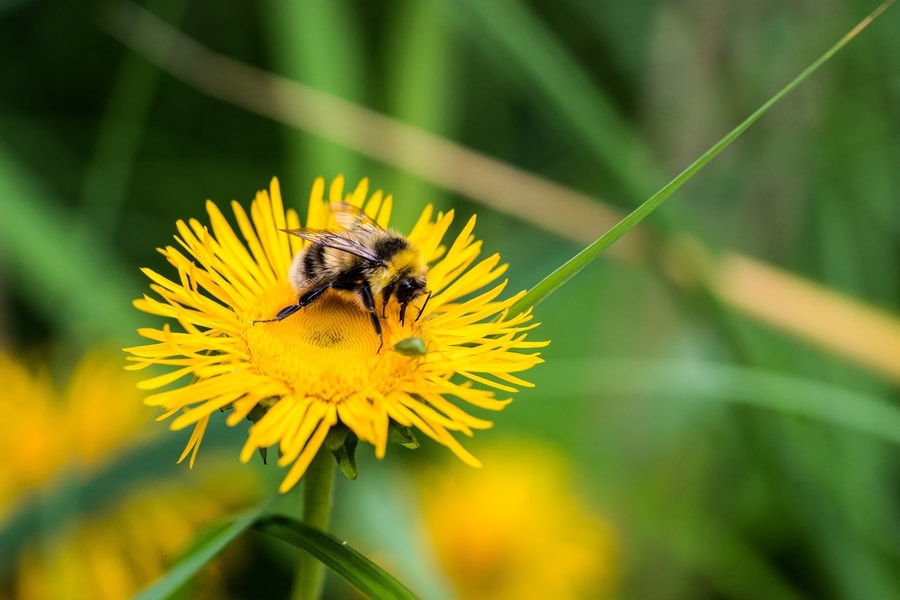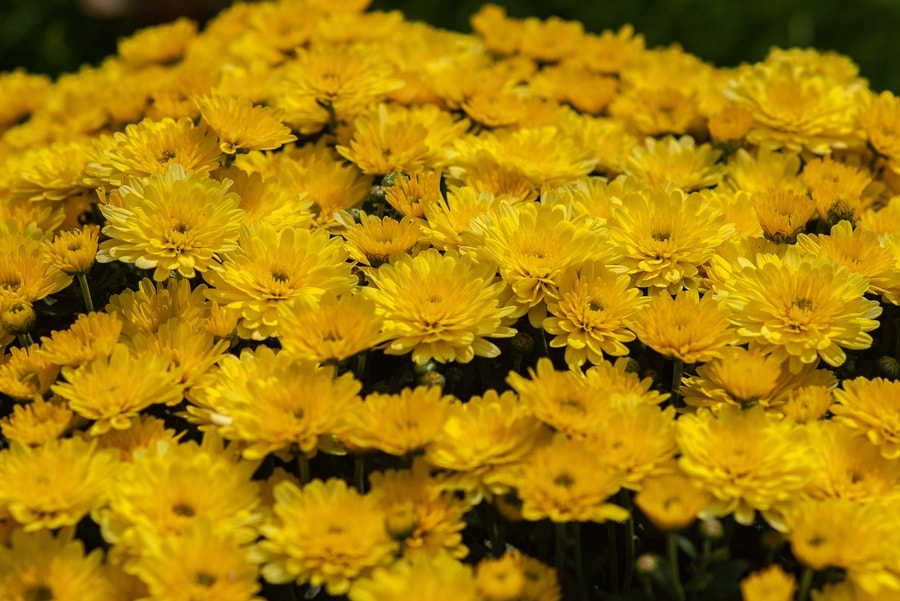Today I hope to inspire you into living within a more connected way with nature. I hope to open your eyes to the potential already here in abundance, in a friendly way.
When February turns to spring, out bursts our famous early pollinating butterflies, bumblebees, honey bees, beetles and a whole variety of other helpful insects. They are hungry and weak after winter, so for them, the bold and ready sunshine dandelion is the first stop.

(Taraxacum officinale) or as we say, Dandelions, thankfully, have a wealth of nourishment for insects. To them, dandelions are paradise. Whilst tragically for many gardeners, they are the foul enemy, flower bed intruders, and pests like parasites, resulting in them being sprayed with herbicides.
Unfortunately, this isn’t a sustainable solution, as Dandelions can be incredibly resistant, especially if it’s already flowered. Also, there is a risk to what else could be impacted by the herbicides.
In all honesty, the most effective way to remove these, if you must, is to spend time digging up all of the roots.
See gardenknowhow website for controlling dandelions in your garden

Brief History of herbicides
Herbicides were originally discovered in the late 1800s in France.
Originally made up of sulfates + nitrates of copper and iron.
Then Sulfuric acid was even more effective.
Sodium arsenic was soon very popular to spray, often resulting in poisoning of plants, animals and humans.
By the 1940s, research carried out during WW2 discovered new herbicide possibilities. Within just 20 years, hundreds of types became available commercially, controlling pests and diseased plants.
I won’t bore you with specific chemical formulas they developed, but you can learn more
There was a rush of excitement as it seemed the perfect remedy for farmers and gardeners when as little as 2kg of herbicide could control a hectare of land.
However, over time, those herbicides were discontinued by many countries because they were so unsafe to animals, humans and the environment, causing significant damage.
Then came glyphosate (blog about this later), which is used around the world now, yet remains controversial. Especially for cosmetic only purposes.
When herbicides and pesticides come in contact with bees, it can be fatal. As a result, it is putting our pollinators population into decline. So, these dandelions are a vital lifeline.
The benefits of Dandelions for us
I think it’s time we stopped giving these happy flowering plants silly names like “wet the beds” and start to offer them the respect they deserve. Nearly all of us enjoy the odd can of dandelion burdock. Here is a good recipe from the famous River Cottage
Did you know that not so long ago, people would deliberately plant faithful dandelions as they are (although recently forgotten) a genuine superfood known to:
Help the liver,
Treat acne,
Slow down ageing,
Help manage blood pressure,
Lower cholesterol,
Fight off warts and dandruff,
It contains vitamin C,
Potassium,
Calcium,
Iron,
Carotene,
Fibre.
The flowers have mild pain-relieving properties, which can help with muscle pain.
Is eating Dandelions good for you?
They are incredibly nutritious, often more than most of the fruits and vegetables you can buy in the grocery. You can use the beautiful yellow petals for dying fabric and a favourite among our pet rabbits. Practically perfect right?
Here is a great page if you want to try and start growing and harvesting your own

I must ask you to look at this blog called “12 Things to Make with Dandelions” by the Nerdy Farm Wife to find resources on how you can make use of your dandelions.
Here is a link for evidence from studies of Dandelion roots having properties that can suppress, stop the spread, and even killing gastric cancer cells.
Root to flower Dandelion flowers is medicinal and edible. They can be added to salads, wines, teas, and pesto. You can make oils, vinegar for dressings and make syrup, vegan honey. Or even make a rather sweet bouquet as a child with little risk of harming the plant as long as we are not greedy with our takings.
Whatever you intend to do with our Dent-de lion, as the French named them (because the petal shapes resembled lion’s teeth), it’s always good knowing that they are super easy to forage. They are here, there, and everywhere.
If your garden is free from pesticides, they should be perfectly safe to explore alone, with family or even among groups of enthusiasts, whether for beauty, relieving pain, brewing, fermenting into mead/wine, baking into cookies, adding to a fresh salad. They have it all.
Always check before removing anything for consumption, and ensure it is safe and clean.
The Dandelion by Vachel Lindsay
O dandelion, rich and haughty.
Kind of the village Flowers!
Each day is coronation time.
You have no humble hours.
I like to see you bring a troop
To beat the blue-grass spears.
To Scorn the lawnmower that would be
Like Fates triumphant shears.
Your yellow heads are cut away.
It seems that your reign is over.
By noon you raise a sea of stars
More golden than before.
I couldn’t close without showing a wish fly by

Thank you for reading
Best wishes

[…] Ali loves dandelions so much she wrote a whole blog post on them! […]